Disclosure: This article contains affiliate links. We may earn a commission from purchases at no extra cost to you, which helps our travel content.
As someone who's traversed transit systems from Tokyo to Berlin, I can confidently assert that San Francisco offers one of North America's most comprehensive public transportation networks—if you know how to decode it. During my monthly publishing industry visits to the Bay Area's gaming studios, I've perfected the art of navigating this city without ever touching a rental car agreement. Consider this your strategy guide to conquering San Francisco's transit system with the efficiency of a well-designed game tutorial, minus the frustrating learning curve.
The BART-MUNI Combo: Your Transportation Foundation
BART (Bay Area Rapid Transit) and MUNI (San Francisco Municipal Railway) form the backbone of San Francisco's transit ecosystem—think of them as your overworld and local map systems, respectively.
BART connects SFO and Oakland airports to the city and serves as your regional express option, with trains running every 15 minutes from 5am until midnight. The system features just a handful of lines, making it refreshingly straightforward compared to the labyrinthine networks I navigate in Seoul.
MUNI encompasses buses, aboveground light rail (MUNI Metro), historic streetcars (F-Line), and those iconic cable cars tourists queue for hours to ride. For the pragmatic traveler, I recommend purchasing a Clipper Card immediately upon arrival. This reloadable payment card works across all Bay Area transit systems and eliminates the need to fumble with individual tickets—a convenience I've come to appreciate after years of business travel.
During my last publishing conference at Moscone Center, I stayed in Oakland (significantly more affordable) and commuted daily via BART. The 25-minute ride provided just enough time to review presentation materials while saving nearly $200 on accommodation costs.

💡 Pro Tips
- Purchase a Clipper Card immediately upon arrival at any BART station or Walgreens
- Download the official MuniMobile app for real-time arrivals and trip planning
- BART trains run less frequently after 9pm—check schedules if traveling late
Cable Cars and Historic Streetcars: Gaming the Tourist Experience
Let's address San Francisco's most iconic transit options: cable cars and historic streetcars. While undeniably charming, these historic vehicles require strategic planning to avoid the frustration of hour-long queues.
The Powell-Hyde and Powell-Mason cable car lines ($8 per ride) attract massive tourist crowds at their terminal turnarounds. My publisher's hack: board at intermediate stops along the routes where wait times drop dramatically. For the Powell-Hyde line, walk up to the Washington/Mason stop; you'll likely board within minutes while tourists at Powell Street continue their lengthy wait.
The F-Market & Wharves historic streetcar line offers a more practical experience, running vintage trolleys from Castro to Fisherman's Wharf along Market Street and the Embarcadero. At $3 per ride (included with daily passes), it's both functional transportation and a rolling museum.
For capturing these photogenic vehicles, I rely on my compact camera which excels in variable lighting conditions and fits easily in my blazer pocket—essential for a business traveler who might spot the perfect shot between meetings.

💡 Pro Tips
- Board cable cars at intermediate stops to avoid long lines at turnarounds
- Purchase cable car tickets through the MuniMobile app to save time
- The California Street cable car line typically has shorter waits than the Powell lines
Micromobility Options: The Side Quests of Transportation
Between major transit lines, San Francisco offers numerous micromobility options that function like fast-travel points in an open-world game. These fill crucial gaps in the transit network, particularly in neighborhoods with limited MUNI service.
Bay Wheels (formerly Ford GoBike) provides dock-based and dockless bike sharing across the city. The electric-assist bikes are particularly valuable when confronting San Francisco's notorious hills. Access them through the Lyft app or with your Clipper Card.
For shorter distances, electric scooters from Lime and Spin dot the landscape, though their availability fluctuates based on city regulations. I find these particularly useful for the final leg from BART stations to gaming studio offices in SoMa.
During my visits to gaming conferences at Moscone Center, I've found that a good phone mount is essential when navigating by bike or scooter. Unlike Tokyo's meticulously organized bike lanes, San Francisco's cycling infrastructure varies wildly by neighborhood, making hands-free navigation a necessity.
A word of caution: San Francisco's micromobility scene changes rapidly. Services appear and disappear with the frequency of seasonal gaming updates. Always check current availability before relying on these options.
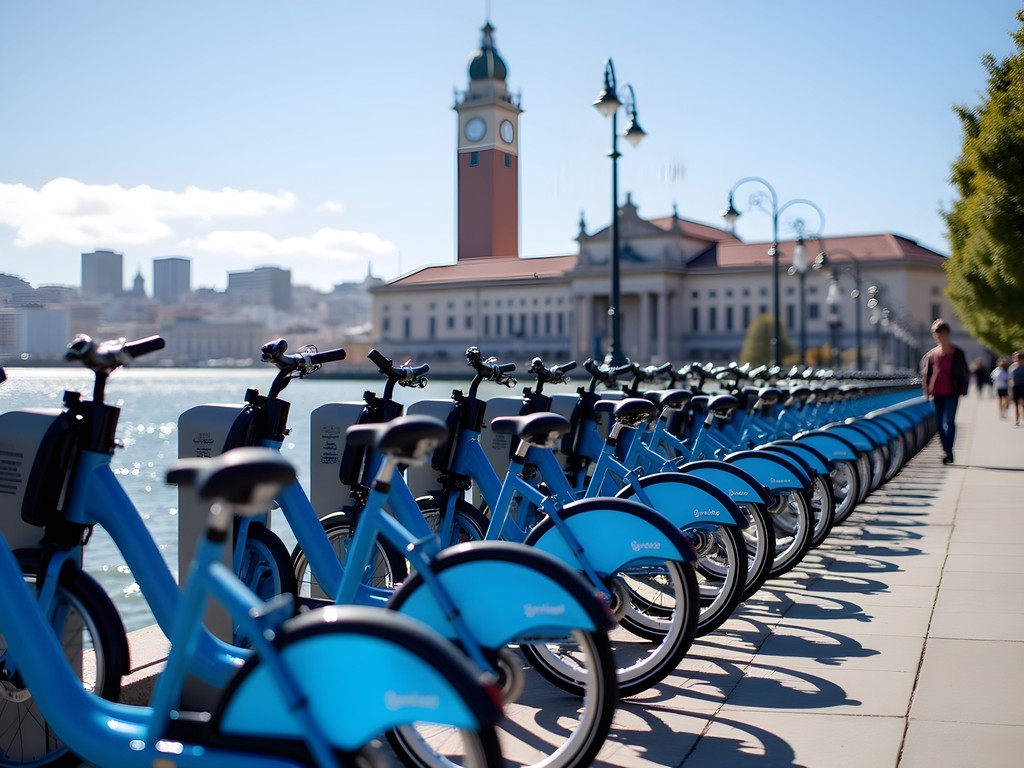
💡 Pro Tips
- Download both Lyft and Uber apps to access their respective bike and scooter services
- Always check for bike availability before planning a Bay Wheels trip during rush hour
- Electric scooters are often geofenced and cannot be ridden in certain areas—check app maps
Transit Passes: Optimizing Your Transportation Budget
Understanding San Francisco's transit pass options is like deciphering the optimal character build in an RPG—each offers different advantages depending on your travel style.
For my typical week-long business trips, the 7-day Visitor Passport ($45) provides unlimited rides on MUNI buses, light rail, historic streetcars, and cable cars—though notably not BART. The cost efficiency threshold is approximately 5-6 rides per day, including at least one cable car ride daily.
Day passes ($13) make sense for intensive exploration days but rarely for business travelers with focused destinations. Individual rides on MUNI buses and trains cost $3, with free transfers within two hours.
Before any San Francisco trip, I load my travel wallet with both my Clipper Card and a backup credit card with contactless payment. The latter works directly on MUNI fareboxes and BART gates—a system enhancement I've advocated for in my transportation infrastructure publications for years.
For business travelers spending significant time in the Financial District or SoMa, be aware that many companies now offer transit benefits. When visiting my publishing partners at Electronic Arts, they provided temporary Clipper Cards preloaded with transit value—an increasingly common corporate perk worth inquiring about.
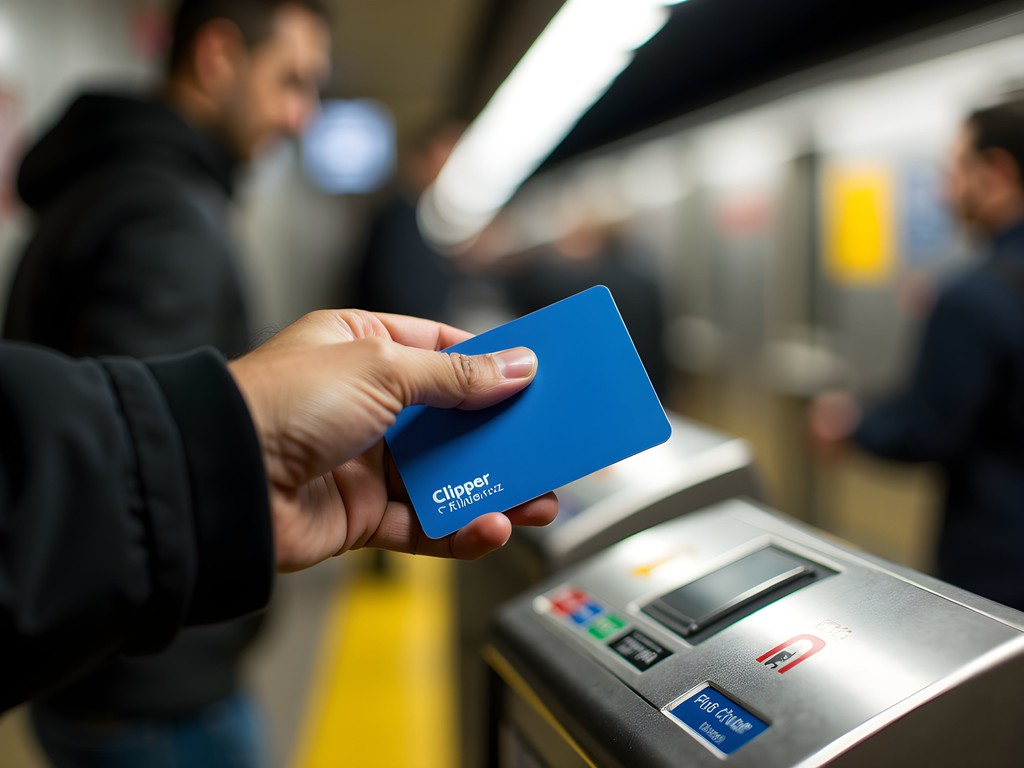
💡 Pro Tips
- Calculate your expected rides before committing to a 1-day or 7-day pass
- BART is not included in MUNI passes—budget separately for regional travel
- Ask your business contacts if their company offers transit benefits for visitors
Underground Explorations: BART and MUNI Metro Stations
As both a transportation infrastructure enthusiast and amateur speleologist, San Francisco's underground transit stations hold particular fascination for me. The city's subterranean transit network isn't extensive compared to Tokyo or Seoul, but it offers intriguing architectural elements worth noting.
The shared MUNI/BART stations downtown (Embarcadero, Montgomery, Powell, and Civic Center) feature distinctive brutalist design with cavernous ceilings and surprisingly effective acoustics. These stations serve as important transfer points and contain numerous retail options—Powell Station even connects directly to the Westfield San Francisco Centre mall.
For business travelers, these underground connections provide weather-protected routes between meetings. During one particularly rainy February visit, I navigated from my Financial District hotel to meetings near Yerba Buena Gardens almost entirely underground.
When exploring these subterranean spaces, I always carry a compact flashlight in my bag—a habit from my cave exploration hobby that proves useful in dimly lit station corners where wayfinding signage can be difficult to read.
The most interesting architectural feature is the massive skylight in the Embarcadero Station, which creates dramatic light patterns throughout the day. As a publisher who appreciates thoughtful design, I often find myself photographing these interplays of light and shadow while waiting for trains.
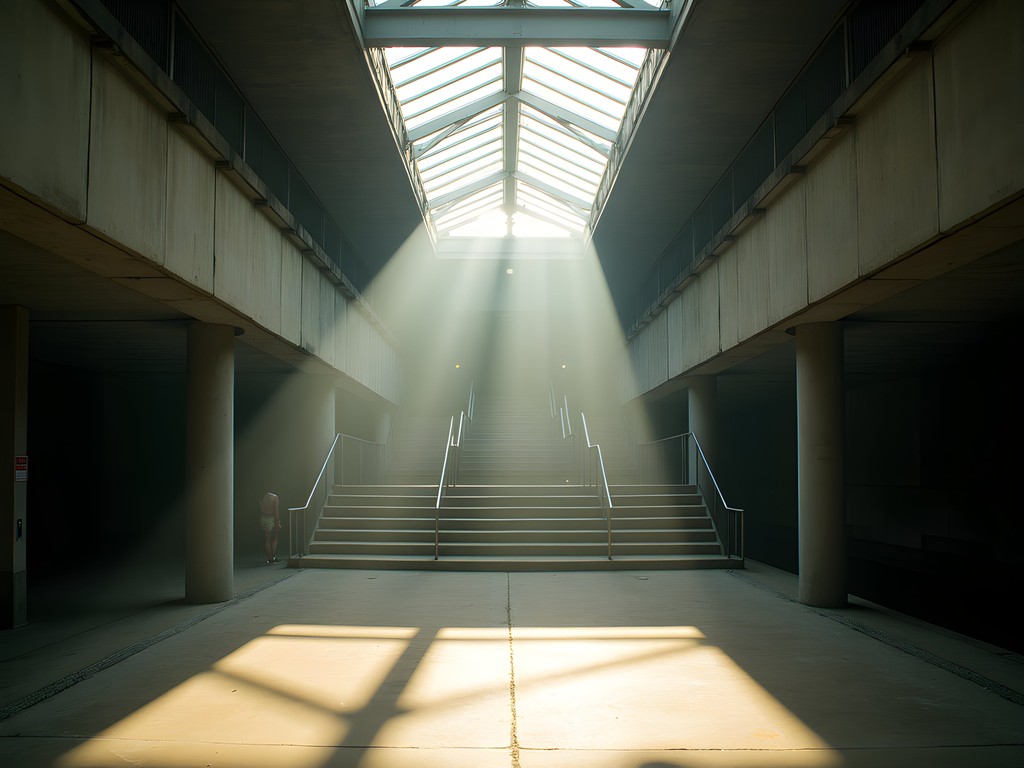
💡 Pro Tips
- Use underground connections between Embarcadero and Powell stations during rainy weather
- BART and MUNI platforms are separate within shared stations—follow signage carefully
- Cell service is available throughout the underground system—no need to worry about connectivity
Final Thoughts
After countless business trips navigating San Francisco without a car, I've come to appreciate the city's transit system as more than mere infrastructure—it's a complex game world with its own rules, shortcuts, and hidden pathways. Like any well-designed game, mastery comes through experimentation and strategic thinking.
While ride-sharing services like Uber and Lyft remain viable options for late-night travel or reaching outlying areas, the combination of BART, MUNI, and micromobility options provides a more authentic—and often faster—San Francisco experience. The money saved on rental cars and parking can be better invested in exploring the city's world-class dining or perhaps visiting its burgeoning indie game development studios.
As I prepare for next month's Game Developers Conference at Moscone Center, I'm already mapping my transit routes with the same attention I give to dungeon maps in RPGs. After all, efficient navigation is the meta-strategy that unlocks everything else a city has to offer. Whether you're visiting for business or pleasure, I hope this guide helps you level up your San Francisco transit skills and discover the freedom that comes from leaving the car behind.
✨ Key Takeaways
- Clipper Cards work across all Bay Area transit systems and should be your first purchase upon arrival
- Cable cars are worth experiencing but use strategic boarding locations to avoid tourist queues
- BART connects to both SFO and Oakland airports, eliminating the need for expensive airport transfers
- Micromobility options (bikes and scooters) fill crucial gaps in the transit network and help tackle San Francisco's hills
📋 Practical Information
Best Time to Visit
year-round (transit operates consistently regardless of season)
Budget Estimate
$45-70 weekly for transit (excluding airport connections)
Recommended Duration
1 week
Difficulty Level
Intermediate
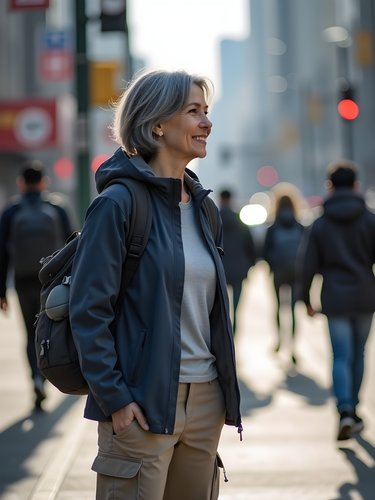
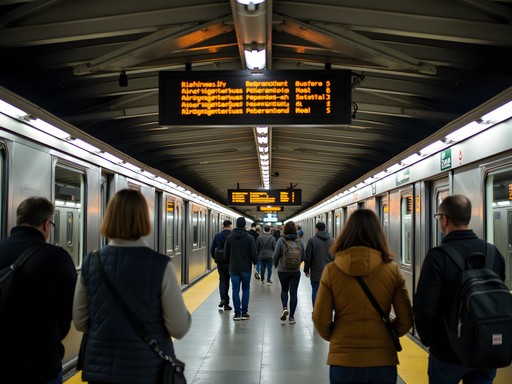
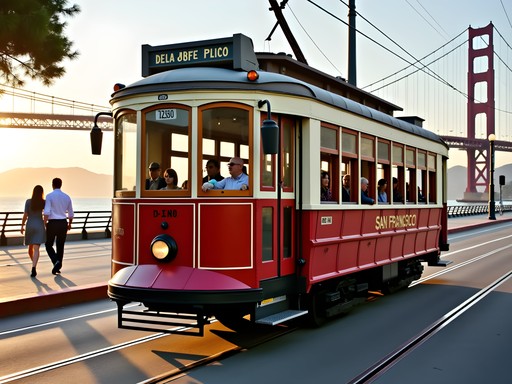
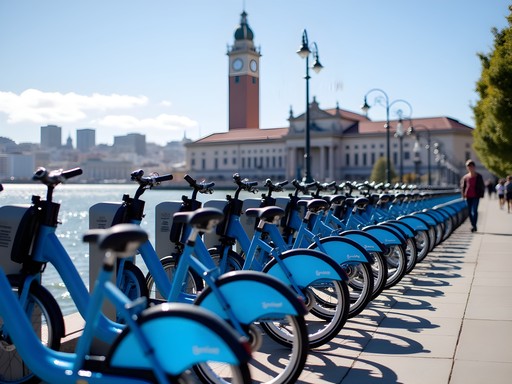




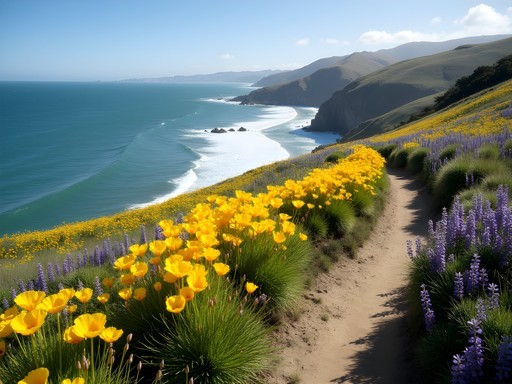
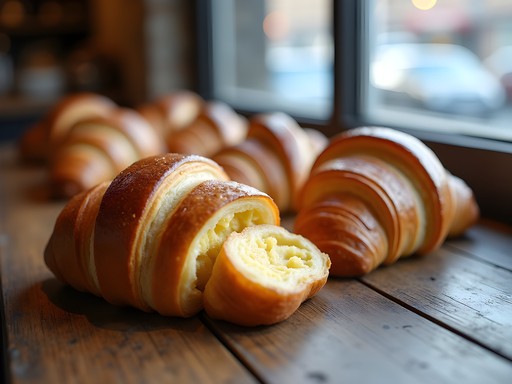
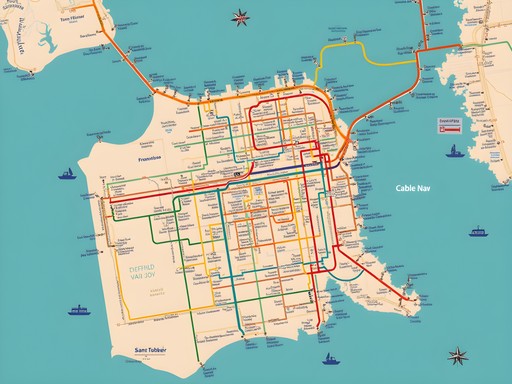

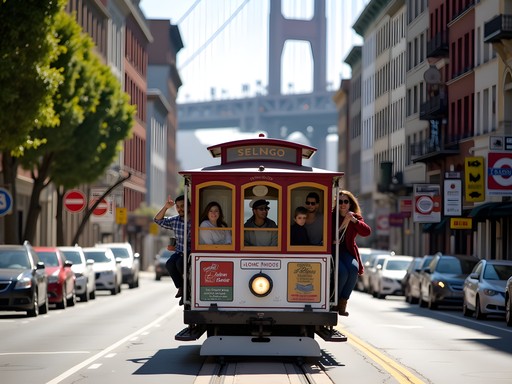


Comments
TravelBug92
Are the cable cars worth it or just tourist traps? The lines always look so long!
skyone
Not Sophia but I've been before - they're touristy for sure but SO fun! Pro tip: go early morning to avoid lines. The Powell-Hyde line has the best views IMO!
Sophia Russo
What @skyone said! They're both touristy AND worth it. If you go before 10am or after 6pm, lines are much shorter. The California line tends to be less crowded too.
Taylor Moreau
Brilliant guide, Sophia. As someone who frequently visits SF for business, I completely agree about the BART-MUNI combo being the backbone of any car-free strategy. One tip I'd add for business travelers: the BART from SFO to downtown is not only faster than a taxi during rush hour but saves you approximately $40-50 each way. I always keep a transit map in my bag despite smartphone apps - surprisingly useful when your battery dies or you're in areas with poor reception. The section on micromobility options was particularly insightful - I've recently started using the electric bikes between meetings and they've been a revelation for cross-town journeys.
Sophia Russo
Thanks Taylor! Great point about the airport savings - I should have emphasized that more. And yes, those electric bikes are game-changers for the hills!
travel_with_kids
We did all public transit with our 3 kids (ages 5-10) and it was actually part of the fun! They loved the cable cars.
skyone
This is exactly what I needed! Going to SF next month and was stressing about renting a car. Definitely going to try the BART-MUNI combo now!
Sophia Russo
So glad it helps! Feel free to ask if you have any specific questions before your trip.
skyone
Thanks! Quick question - is the 3-day Visitor Passport worth it if I'm staying 4 days? Or should I just get the Clipper Card?
Sophia Russo
If you're planning to use transit heavily for 3 of your 4 days, the Visitor Passport is great value. For your 4th day, just buy individual rides. The Clipper Card is better for longer stays!
SFlocal415
As a local, I'd add that the N-Judah line is perfect for getting to Ocean Beach and Golden Gate Park. Also, don't waste money on the touristy cable cars if you're on a budget - the historic F-line streetcars go to many of the same areas for regular Muni fare!
Hunter Thompson
The F-line is great but I'd argue the cable cars are still worth doing once for the experience! Nothing quite like hanging off the side going up those hills!
SFlocal415
Fair point! Just hate seeing people wait in that 2-hour Powell St line when there are better ways to experience it. Pro tip: board at Van Ness & California for shorter lines!
nomadway
This is exactly what I needed!!! Going to SF for the first time next week and was stressing about transportation. Quick question - is it easy to get from SFO to downtown using just BART? I've got a travel backpack so I'm trying to avoid taxis if possible.
oceanqueen
I just did this trip last month! BART from SFO to downtown is super easy and way cheaper than a taxi. Just follow the signs in the airport - takes about 30 minutes to get to downtown. You'll be fine with a backpack!
nomadway
Amazing, thank you! That's a relief to hear!
Hunter Thompson
Brilliant guide, Sophia! Just got back from SF and your BART-MUNI combo tips were spot on. One thing I'd add for fellow backpackers - the 28 bus line is a hidden gem for getting to the Golden Gate Bridge viewpoints without the tourist crowds. Also found that getting a Clipper Card was worth it even for my short 4-day stay. The cable cars were indeed packed with tourists, but taking them after 7pm was much more pleasant. My hostel was in Mission and I had zero issues getting everywhere I wanted without Uber!
Sophia Russo
Thanks Hunter! Great tip about the 28 bus line - it's definitely one of those local secrets. And yes, evening cable car rides are the way to go!
oceanqueen
Going to SF next month for 5 days - is the 7-day visitor passport worth it if I'm staying mostly in the downtown/Fisherman's Wharf area? Or should I just pay as I go?
Hunter Thompson
Definitely get the passport if you're staying near Fisherman's Wharf! You'll end up taking the historic F-line and cable cars multiple times which are $8 per ride otherwise. I saved about $40 with the passport on my last trip. Just make sure to activate it on your first full day, not arrival day if you're getting in late!
oceanqueen
Thanks for the tip! That makes total sense about the activation timing.
Sophia Russo
Hunter's advice is spot on! The passport is perfect for your itinerary. One extra tip: download the MuniMobile app before your trip - you can keep your passport on your phone and not worry about a paper ticket.
Riley Griffin
Sophia, this brings back memories! Last spring break, I took my kids (9 and 12) to SF and we made it a game to try every type of transit in the city. They were absolutely obsessed with the cable cars - we rode them at least twice daily. One tip for families: if you're traveling with kids who tire easily, the bike share programs were clutch for us when little legs got tired walking up those hills. We'd grab bikes downhill, ride to our destination, and then hop on MUNI for the uphill journey back. The kids still talk about our "transportation adventure" through SF!
wildmate
Love making transit a game for kids! Smart idea with the downhill bikes.
freeseeker
Just got back from SF and this guide would have been SO helpful! One thing I'd add is about accessibility - some BART and MUNI stations have elevators that are out of service or hard to find. If you have mobility issues, definitely check the BART website before planning your route. Also, I found using transit map super helpful when my phone died mid-day. The paper backup saved me when I was trying to get from Golden Gate Park back to Union Square!
Venture X
Premium card with 2X miles, $300 travel credit, Priority Pass